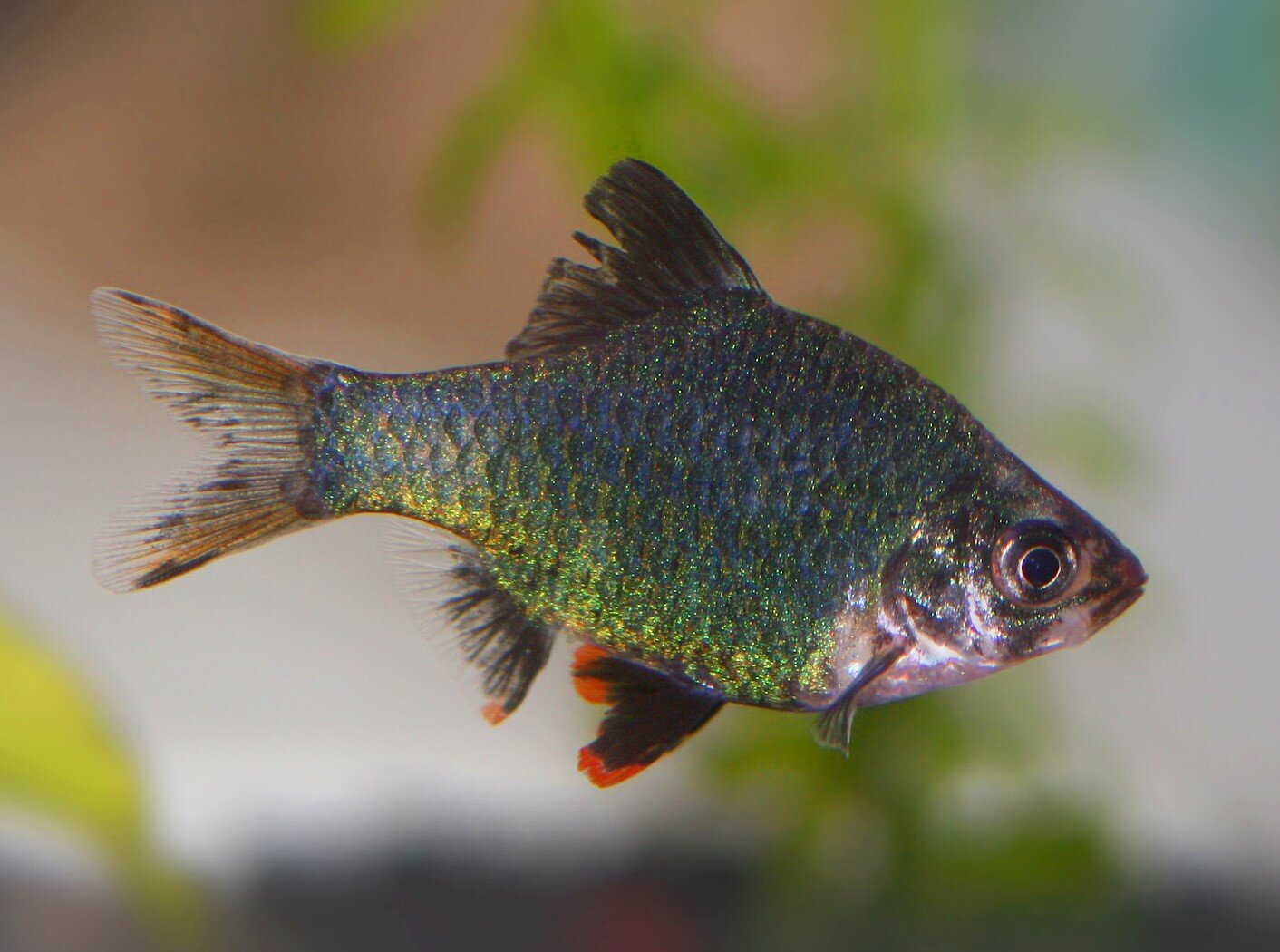Fin Rot
What is fin rot?
It is the rotting of the fins and tail of the fish. If not treated
urgently, it can rot down the fins and start to rot away at the fish’s body and
can potentially cause death.
What
are the causes of fin rot?
It can happen for a number of reasons. Poor water conditions are
the main causes for this disease. The stress from bullying and fins being
nipped by other fish resulting in injury are also common reasons for fin rot.
Aggressive tank mates, generally the larger fish and fish that are famous for
nipping can result in fighting and nipping.
Overcrowding, over feeding, lack of water changes and decaying
matter are some other reasons for bad water conditions.
How to treat fin
rot:
- When fin rot is detected, check that your water conditions are
in order.
- A 50% water change should be made and the rest of the fish
should be checked for any signs of the disease.
- The affected fish should be removed and put into another tank
and treated separately.
- Most medications recommend not doing water changes during
treatment, so a 50% water change before starting is advised.
- The temperature should be raised to 26-28C and the water kept
extra clean.
- The following medicines will help cure the disease. Melafix,Methylene Blue, and Furan-2 Powder. Or if treating a betta or any other surface
breathing fish, use aquarium salt.
- Remove carbon
from your filter while treating your tank. Carbon will absorb any medication
that you place into the water.
- While treating with Methylene Blue, a 50% water change every
other day for a week is recommended, the main reason being, as mentioned
before, clean water is essential and helps with the healing. When usingMethylene Blue be sure not to spill any as it stains.
- Add aquarium salt 1 tablespoon per 20L. Make sure 50% water
changes are done daily using this method.
Use this treatment on bettas or other surface breathing fish. (Caution with
those scaleless fish. e.g. clown loach)
- Treat for the recommended amount of time even if you feel the
infection has passed and after the treatment, another 50% water change must be
made to help clear the medicine.
- Complete 10-15% water changes every other day for a week while
monitoring the fish.